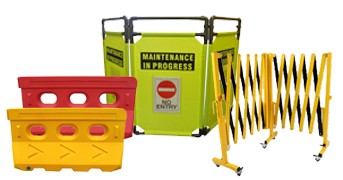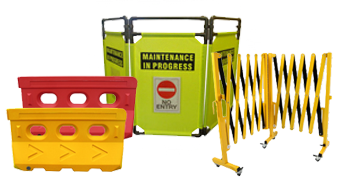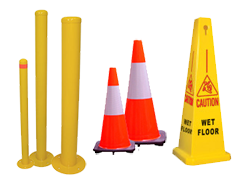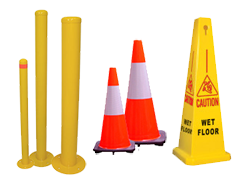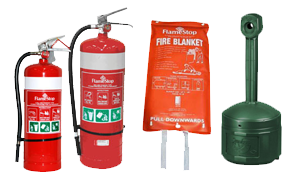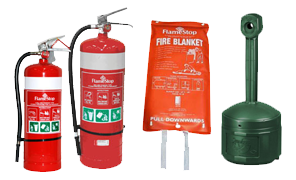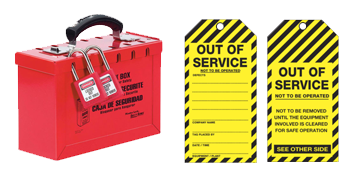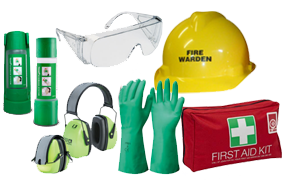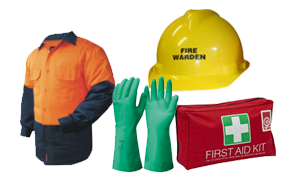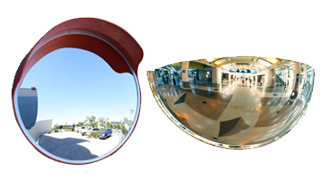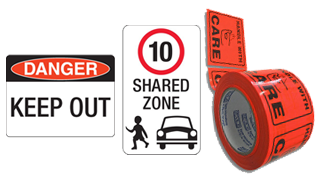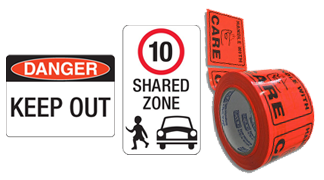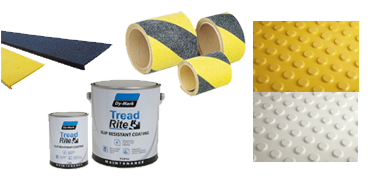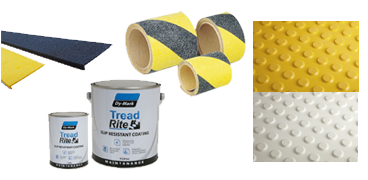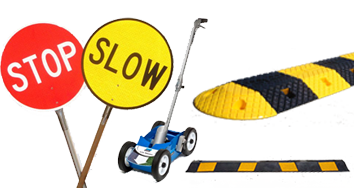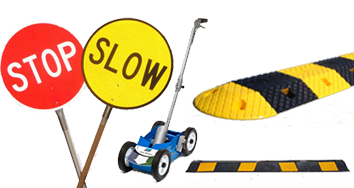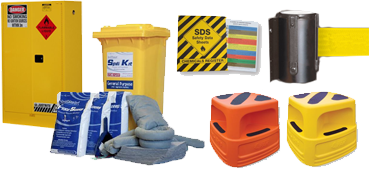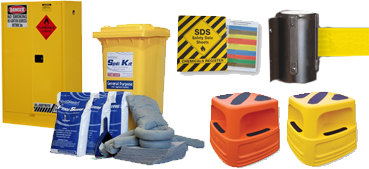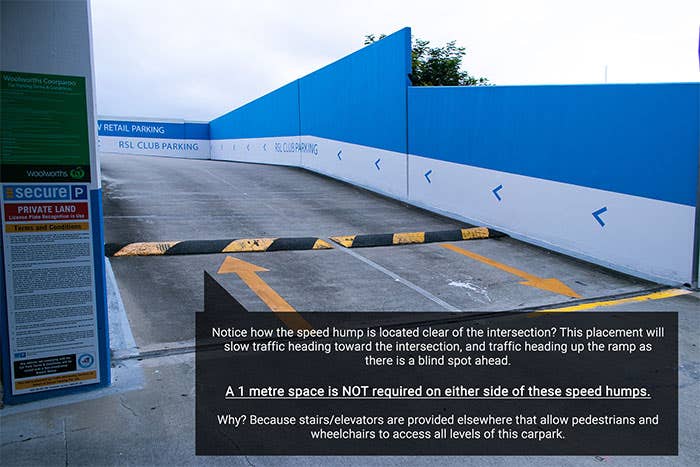This handy guide explains all you need to know about Speed Humps.
This includes Australian Standards, regulations and uses. Read on for the best tips and tricks, and a few product facts that you won't want to miss.
Requirements of a Speed Hump
WHS laws are strict in Australia, and actually vary depending on which state or territory a business is residing in. Before purchasing or placing a Speed Hump, it is recommended that all Australian businesses consult the relevant WHS laws to confirm compliance. Check them out here.
Australian Standard AS2890.1:2004 outlines the following specifications for Speed Hump design in Australia:
-
The angle height to length ratio must be 1:2, to ensure a steady incline for all vehicles.
-
A speed hump must follow a clear colour pattern of alternating Yellow (or white) and Black sections that are 250mm wide.
-
Type 2 speed humps must be between 25mm to 75mm high.
-
A speed hump must have a flat top that is between 100mm to 150mm wide.*
These requirements are extremely important for ensuring the product is appropriate for all possible user vehicles. Before purchasing a speed hump product, it is recommended that a purchasing officer ensure that all these requirements are met.
If your Speed Hump is rounded on top, it is illegal in Australia. If an accident occurs involving a round-top Speed Hump, the business owner is fully liable. Don't get caught out, get compliant!
Positioning Rules
There are strict requirements for placing and spacing Speed Humps. The three major positioning requirements for Type 2 Speed Humps are as follows:
1. Along a single aisleway in a car park, Speed Humps must be spaced no less than 10 metres apart. Primarily, this requirement ensures that all vehicles are able to pass the first speed hump before beginning a second. It also ensures a steady flow of traffic.
2. Speed Humps must not impede pedestrian or wheelchair traffic. At least one metre of travel space is required beside a speed hump, when placed in an area that is used by pedestrians. This is required to ensure that an accessible travel path is provided for people with disabilities, parents/guardians with prams or other pedestrians with shopping carts. However, one metre spacing on either side is not required when reasonable pedestrian and wheelchair access is provided elsewhere (see image below).
3. Speed Humps must be located clear of intersections and roadways. In a car park, Speed Humps must not impede parking cars, or cars travelling in alternative directions. Speed humps can be placed at entrances to car parks, to ensure an appropriate speed when entering the hazardous environment. Positioning is very important and can mean the difference between being compliant and potentially breaking the law.
Materials
Rubber Speed Humps are effective in low traffic areas, and are a cost-effective and highly durable material. It is also great at absorbing sound in noise-restricted areas. However, these products are least able to endure heavy vehicle traffic, and over-use can cause the material to indent permanently and become unusable.
Linear low density polyethylene (LLDPE) is a far more durable alternative to rubber, making it ideal for areas with higher traffic. This material is less effective at absorbing noise, yet it is far lighter and easier to install, and can be less of a 'slip and trip' hazard when wet. When manufactured at high quality and installed appropriately, LLDPE Speed Humps can match the durability of steel alternatives at a far lower price.
Steel Speed Humps are the most durable in specifically high-traffic areas with a large percentage of trucks and heavy vehicles. As a result however, steel material also comes with a higher price tag, and is heavier than LLDPE alternatives. Bronson's Safety Note: Steel Speed Humps are not appropriate for placement in Service/Petrol stations, as they a can be a spark hazard.
Bronson Fact: Speed Humps should not be installed on loose gravel surfaces. No bolt type is suitable to hold the speed hump in such a surface for long periods of time. As wheels push against the speed hump, the gravel beneath shifts around. This forces the bolts loose, becoming hazardous.
Know the Law
Please note, these requirements are based on Australian Standard AS2890.1:2004. They are subject to change. Bronson safety cannot be held responsible for any misunderstanding of this content. Subject is intended as an initial guide only.

